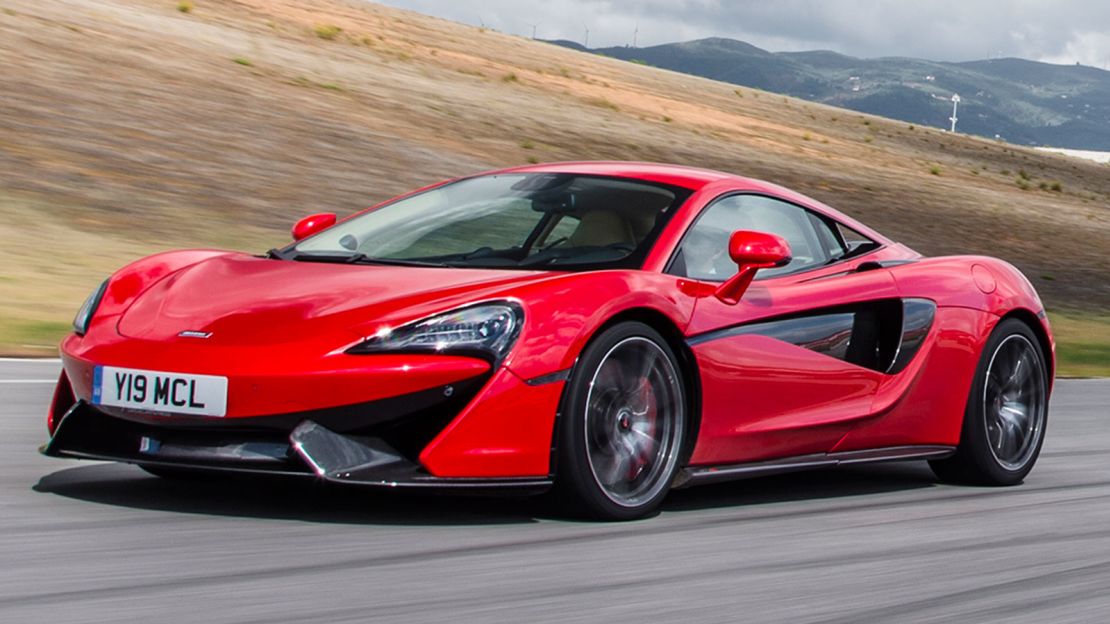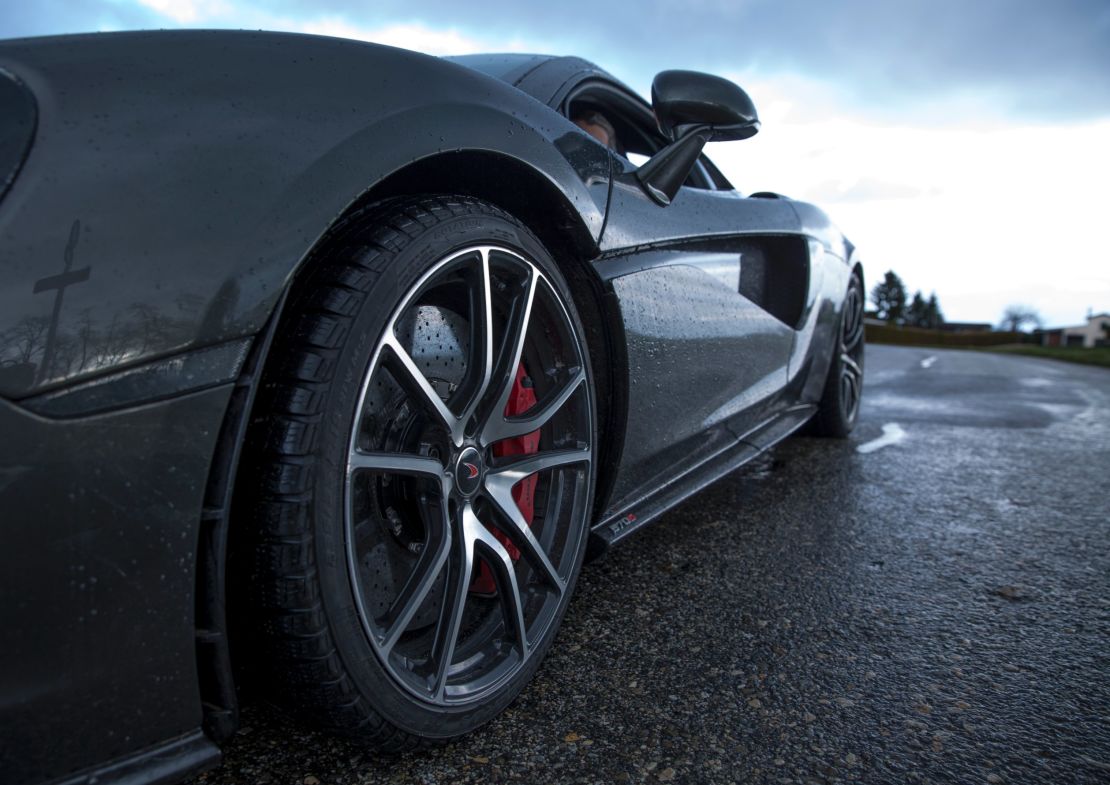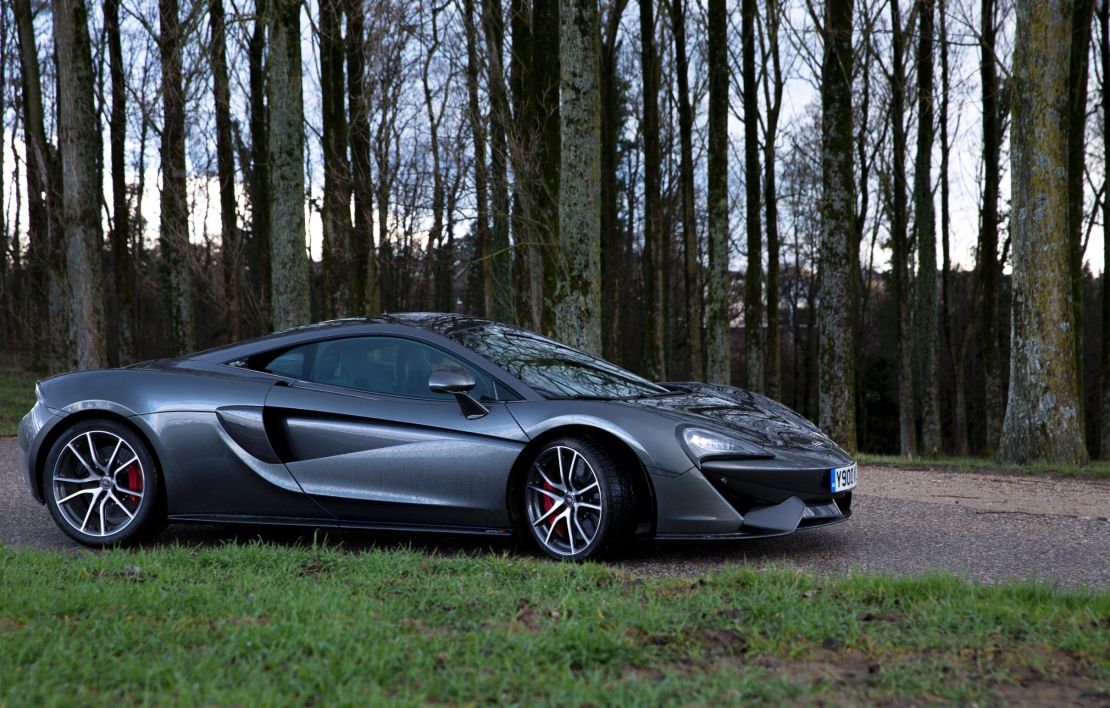When he was a child, Robert Melville would sit by the stream near his home in England. He brought pencils and paper with him and would sketch the water flowing over the rocks.
“Rabbits would come down,” he says, “and birds.”
Today, Melville sketches cars. He’s the chief designer for McLaren Automotive, the British automaker that earned its reputation building some of the world’s most successful race cars, and today builds sports cars for the general public too.
Well, for the more affluent members of the general public, at least.
McLaren: World beaters
Melville said his observations of water-worn stones, birds and rabbits have informed his design philosophy.
“Breathtaking products are the ones that tell a visual story of their function,” he says.
Take a rabbit, for instance. It’s body tells the story of listening for predators and hopping away. Long ears and big, powerful back legs tell that story. In the case of a bird, it’s the story of flight told in vocabulary of wings, feathers and a smooth, flowing body.
Now imagine a sports car. The best examples, even standing still, are written in the language of speed, of agility.
“The point where the car hits the air is where this whole visual story begins,” he says.

The nose of the McLaren 570S, the brand’s newest model, pierces the atmosphere as it moves, pushing back the air so it slips over the vehicle.
A breaststroke on the asphalt.
“It’s the same approach as a peregrine falcon or a shark,” he explains.
On the 570S, the air flows over and under the car, pinning it to the ground at high speeds. Around the sides of the car air is pulled through canyon-like ducts carved into the doors.

That air feeds and cools the 570S’s 562-horsepower turbocharged V8 engine that’s mounted behind the passenger compartment. At the rear, spoilers and diffusers flick airflow off the back of the car as the 570S carves its way down the highway or around the race track.
To achieve these aerodynamics, Melville says he has imagined himself as a molecule of air flowing around the car, through the vents and ducts and out the back.
“As weird as it sounds,” he offers, “that’s what I thought.”

As for the interior of the 570S, the flow of a fluid substance doesn’t inform the design – people do.
Besides being a space for sitting and driving, the inside of the car is a social space for two people to interact. That means that in a McLaren, the technology, dials, and screens aren’t the main event.
Most controls are activated using a simple touch screen below the center of the dashboard. Between the seats, a panel with a few buttons and dials for selecting gears and performance settings curves upward. The gap between the two allows access to a storage bin nestled in the center of the foot wells.
The screen and the storage area are designed to be reached easily from either seat. That way, both occupants feel equally comfortable in the car and not cut off from one another.
“The interior of the car, to me, is the real star,” Melville says.
The main point of Melville’s design strategy, he suggests, is that designers should never force visual solutions. The best designs occur naturally.
“You understand the problem, you go away and you think about it,” he explains. And in the end, the design solution that works best will probably look best, too.






























